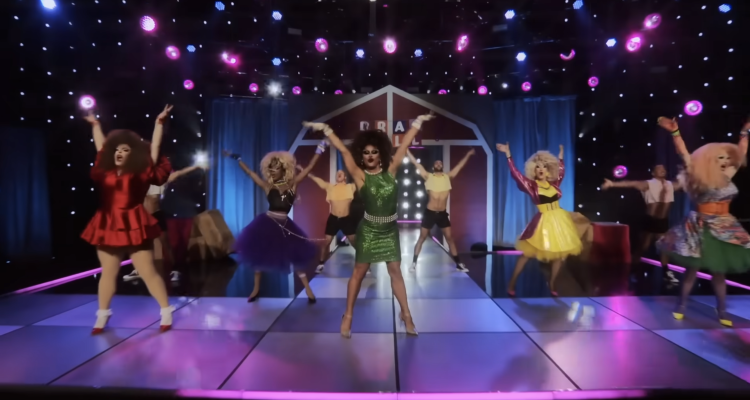Rupaul Sound Mixing team’s features an array of diverse talents, with all four of its members being veterans of multiple “Rusicals” for Rupaul’s multiple Emmy winning series, “Drag Race.” This year, the team is nominated for “Outstanding Sound Mixing For A Reality Program (Single or Multi-Camera)”
Nominees Erik Valenzuela (Re-Recording Mixer), Sal Ojeda, (Re-Recording Mixer), David Nolte (Production Mixer) and Gabe Lopez (Music Mixer) were incredible grateful for their Emmy recognition for the episode “Wigloose: The Rusical!”
Awards Focus’ Byron Burton conducted the joint interview below, which includes footage from their Emmy nominated episode below.
Awards Focus: Can each of you tell our readers about your journey into the business and working on Drag Race?
David Nolte: I’ve been a professional musician since 1978 and spent a lot of time in recording studios and all levels of touring, where I learned audio engineering. I began my career as a Production Sound Mixer for television in 2008 on NBC’s The Biggest Loser and have worked steadily in the industry ever since.
Gabe Lopez: I’m a singer/songwriter and music producer. I absolutely love producing music for RuPaul’s Drag Race. I’ve gotten to produce and mix the music for the last three “Rusicals” and finales. I’ve also produced and written recent hits for Belinda Carlisle, New Kids On The Block, the K-POP group TWICE, plus my own solo music. I’ve loved being the opening act for my friend Belinda Carlisle on recent UK and US tours. I also get to do music for the TV shows The Other Two, Love Victor, Queen of the Universe, and others.
Erik Valenzuela: I’ve worked in post-production audio for over twenty-four years, and in 2011 I launched the post-production audio service company, Sound Waves Post. Having mixed all fifteen seasons of RuPaul’s Drag Race, including all the spinoffs of the show: RuPaul’s Drag Race Allstars, Untucked, RuPaul’s Drag Race UK, and RuPaul’s Drag Race Down Under, I’ve been incredibly honored with the Emmy recognition this year for our work.
Sal Ojeda: When I first moved to LA, I started working in music studios as an assistant, but I always liked the idea of working in TV and movies. A few months later, I was offered a post-production studio position as a foreign dubbing mixer for HBO shows and Warner movies. After almost four years there, I went freelance, and I met Erik in the hallway of another studio I used to mix for. He said he had some shows he needed help with, and we’ve been collaborating ever since. That’s how I got involved with Drag Race.
AF: David, you’re involved in every stage of the production; how do you ensure that the contestants’ vocals and choreography rehearsals are recorded and monitored effectively?
David Nolte: We are constantly monitoring each contestant’s mic throughout the process. Our A2s find the cleanest, most effective mic placement and ensure a secure fit, as the choreography rehearsals will pull the mic in every direction imaginable. We monitor the quality of the voice, the gain structure and recording levels, and the strength of the wireless signal.
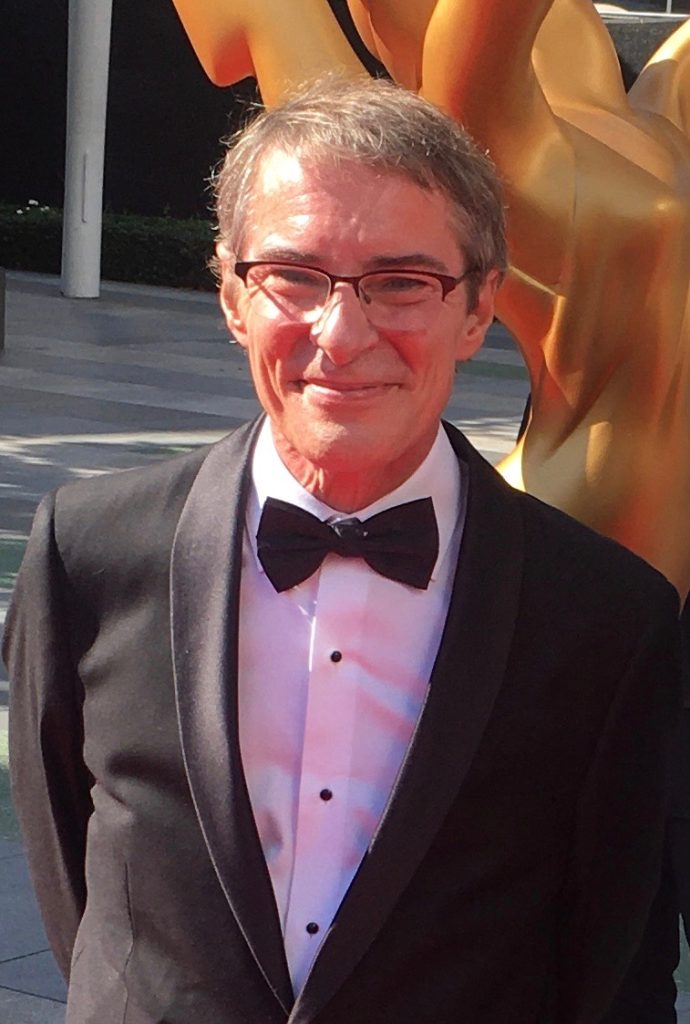
AF: Gabe, can you walk us through the journey from producing to mixing and how it was essential in keeping the sonic vision cohesive?
Gabe Lopez: It was so fun to produce and mix the music to Wigloose! I truly love these songs. When producing the music, I used an ‘80s palette of synth sounds like the Prophet, the Juno, and the Jupiter – retro sounds we hear on ‘80s albums by Madonna, Whitney Houston, and so many other greats. I also used drum machine sounds like the 808, the Linn, and the Fairlight. Next, when mixing the songs, I added to that ‘80s palette by using effects like gated reverb, various slap delays, certain reverb plates, and chorus/flange filters.
I also used these effects when mixing the vocals. I aimed to have an analog feel but also modern clarity with the songs. I tried to achieve this through EQ, classic compression, tape saturation, and filters. When producing, I’m also doing a lot of mixing as I go. That definitely helps to keep the sonic vision connected. After everything is tracked and finessed, I do the detailed mixing and make sure the vision is still consistent and harmonious.
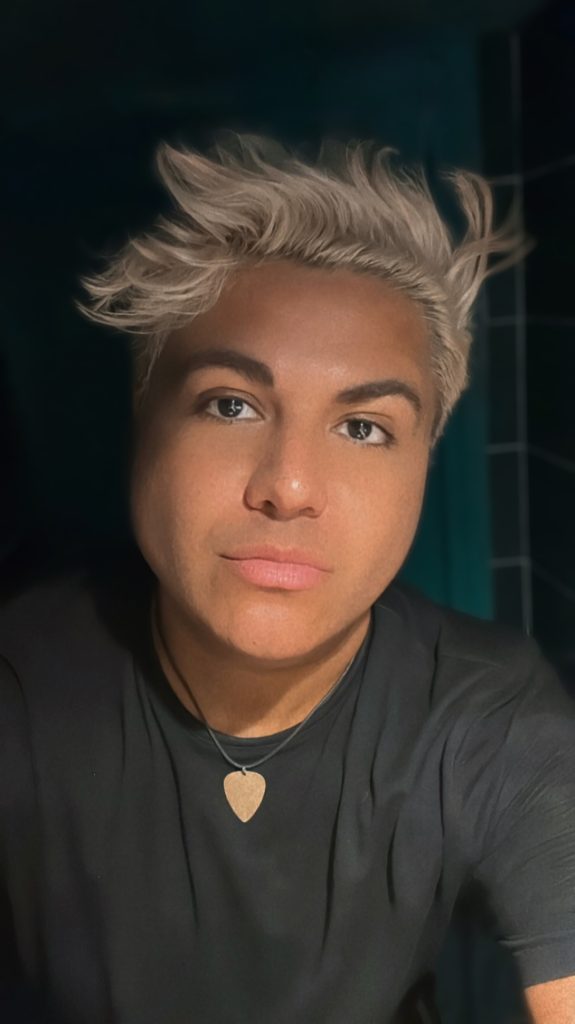
AF: Erik (Valenzuela) and Sal (Ojeda), what was your approach to balancing the audio elements in the mix, and how did you blend them with the tone of the contestants and the scene?
Sal Ojeda: We always try to make the dialogue as clear as possible so the queens can get their message across. Sometimes it gets tricky with all the layers of clothing they have to wear, but we carve out the frequencies that we don’t want with EQ, and then it’s like a balancing act between dialog, music, and effects. At the end of the day, dialogue is king, so we protect that.
Erik Valenzuela: My approach to balancing the audio elements in a scene is to watch each scene/section before I start mixing. Once I get a feel for the scene and the tempo, I bring all the dialogue driving that scene to a nice clear level. Next, I mix in the music and SFX under the dialogue. If it’s a fast-paced challenge, then I’ll mix the music a little hotter to bring up the excitement. If it’s an emotional scene, then I’ll mix the music and SFX a little lower under the dialogue so it doesn’t distract from what is being said.
AF: Staying with Erik and Sal, it’s clear that your work is very collaborative in nature. Can you describe how you balance your workflow and deal with time constraints?
Sal Ojeda: For this show, we do our sound editing first, and then we mix it. So for time efficiency, I usually edit the dialog and do the first full mix pass. Then Erik takes the project, does a second mix pass to fine-tune and finesse things, adds missing elements, or applies changes requested by the producers. At that point, the episode is ready for review and approval.
Erik Valenzuela: When we get an episode, we assess what is needed to get the show done, and if necessary, we divide and conquer. A few episodes require a bit more work than others. When this occurs, we may split the episode and have more than one mixer work on it to ensure the mix is completed on time.
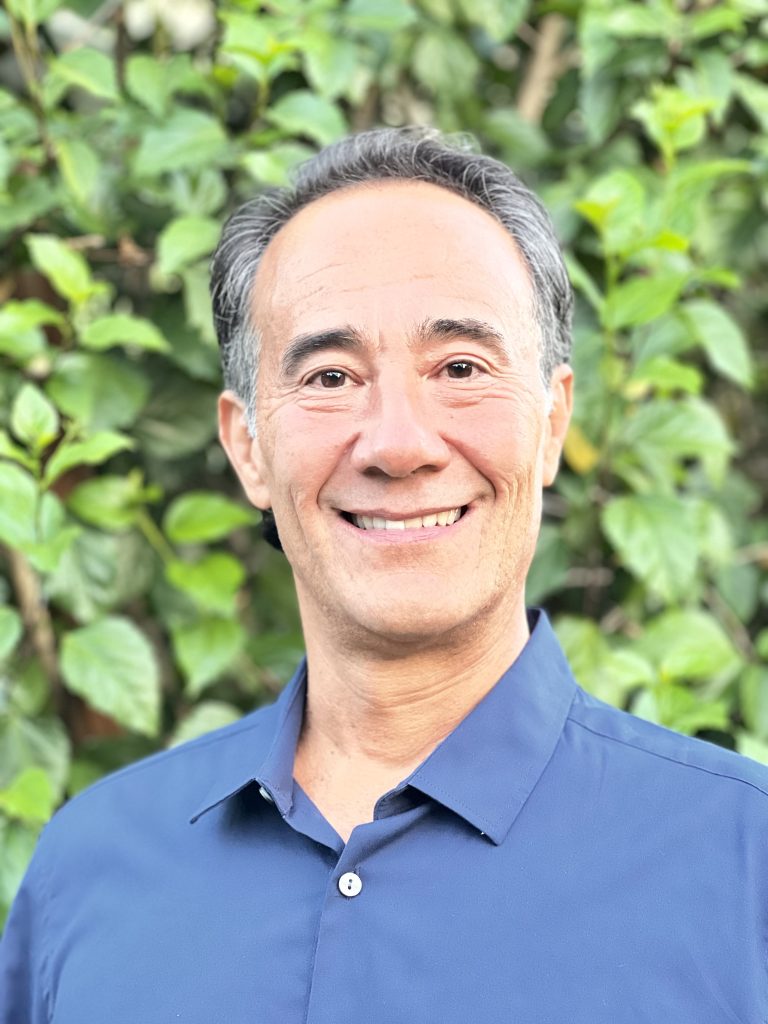
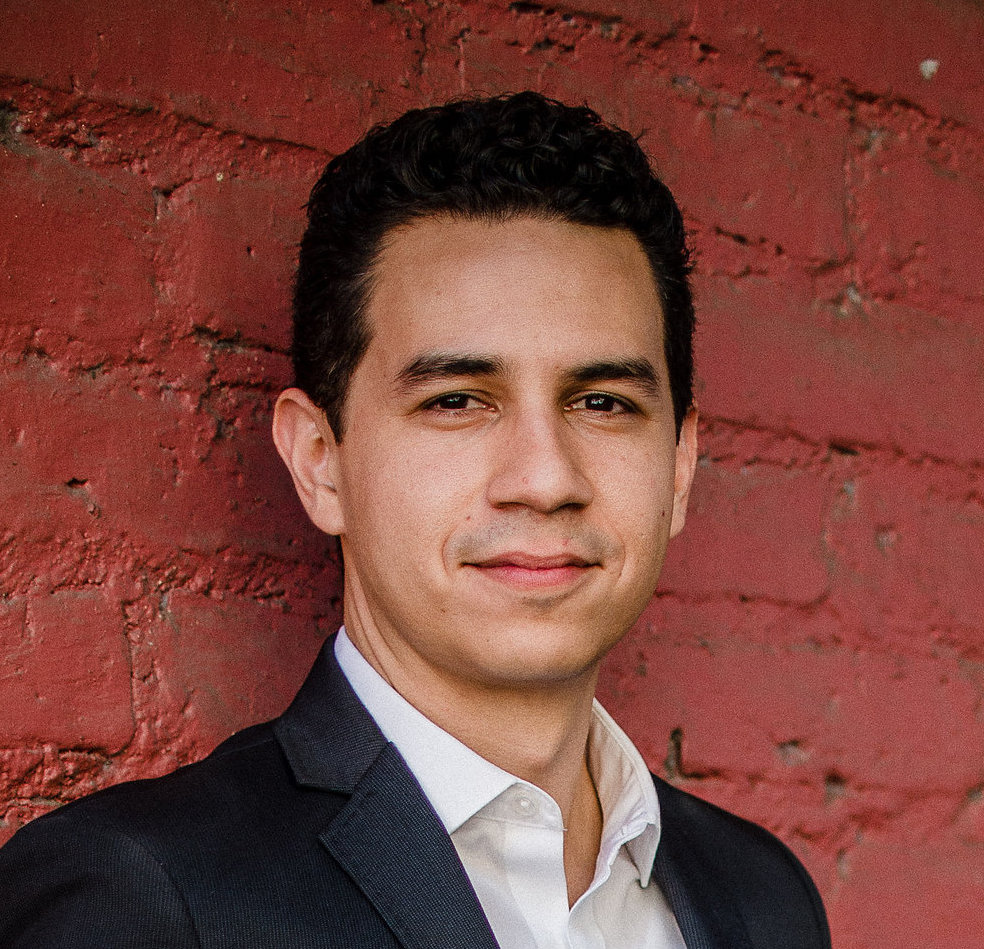
AF: What part of your work in the episode are you most proud of?
David Nolte: I am most proud of the final mix of the episode and consider myself lucky to be part of the team behind it.
Sal Ojeda: I think the episode as a whole is very fun to watch, and the message behind the Rusical was very powerful, especially in these days. I’m proud to work with these guys and the rest of the team on a show that entertains many people but also brings awareness to social causes.
Gabe Lopez: I’m most proud of the music production, arrangement, and mixing of the song “Built On Drag” and the finale song “Wigloose.” “Built On Drag” starts as an intimate piano/vocal ballad and finishes as a soaring anthem with drums, bass, strings, organ, synth, guitar, and background vocals. It was a key moment and a turning point in the Rusical, so it was important that the production and mixing supported the intimacy and the intensity of the scene.
I played all of the instruments in the Rusical, so I was able to produce, play, and rough mix as I went along. I think that helped keep the balance and coherence of the music when it came time to go into detail with mixing the Rusical. The finale song, “Wigloose,” is a rousing celebratory number that involves about 30 tracks of vocals, seven of which are lead vocals. I loved the challenge of making sure the lead vocals were present and balanced in the mix while supporting them with 24 background vocals, horns, drums, piano, bass, and guitar. Making sure the jubilant horns were almost blaring while keeping all the vocals the focus was a fun balance to juggle.
Erik Valenzuela: I’m most proud of the fact that Sal and I found the right balance of dialogue, music, and sound effects for this episode and that it was found worthy of being nominated for an Emmy in mixing. There’s a lot of work that went into mixing RuPaul’s Drag Race The Rusical, and I’m very proud of our team.


